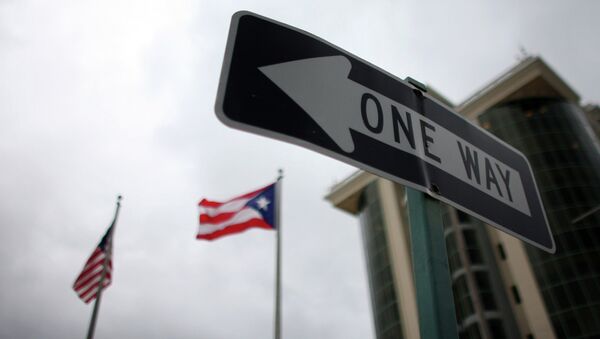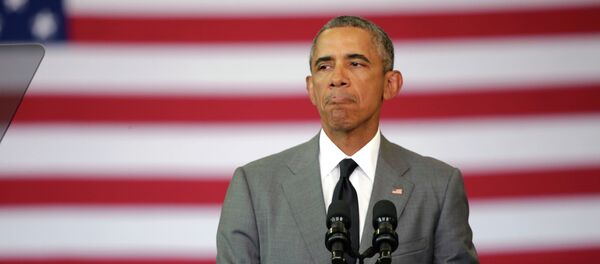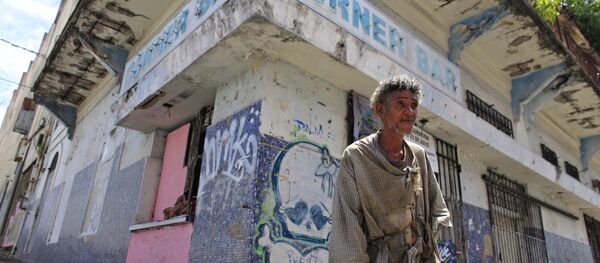All that means creditors and investors might lose their money. The sharp increase in bond yield attracts speculative capital though, but historically, such swings indicate a nearing financial collapse.
10-year Puerto Rican debt securities now yield 12.3%, a dramatic rise from 10.1% in mid-October. This January the yield had touched the 12% threshold, dropping afterwards as concerns eased. However, this time around, easy solutions are unlikely. Puerto Rico is facing massive debt payoffs over the course of the next two and a half months, and the governor said the $72 bln debt is ‘unpayable’.
Prior to 2013, when the first signs of debt crisis appeared, the average yield on Puerto Rican bonds hovered at 5%.
Puerto Rico must pay $355 mln in early December in debt servicing, a payment the island is likely to miss. Such an outcome would be the worst option for both the island and the creditors. The Puerto Ricans will lose their ability to finance their utility and social welfare sectors, whilst the creditors would simply lose their investment. Both sides would then mire in endless court proceedings, hardly to benefit any of the parties involved.
According to the US Treasury secretary Jack Lew, the Puerto Rican default would primarily hit small US investors. Many such ‘retail investors’ are holding Puerto Rican debt as passive investment benefitting on the securities non-taxable status (as a US Territory, Puerto Rico enjoys its ‘triple tax exempt’ status, making its bonds a once-attractive instrument of passive investment income).
The Puerto Rican budget is expected to post a deficit of $29.8 mln in November, while by the year’s end the deficit gap is projected to widen to $205 mln. Meanwhile, the island has no sources of financing that deficit. This autumn Puerto Rico was denied access to capital markets after its partial default in the summer. The White House has so far provided only a regulative assistance, while a full-scale bailout is ‘not an option’, as Treasury Secretary Jack Lew put it.
“We are doing everything within our power to make the payments at the end of the year and, if at all possible, avoid default while negotiating the terms of the debt rescheduling,” Jim Millstein, adviser to Puerto Rican government and founder of restructuring assistance firm Millstein & Co said.
While the default fears are mounting, the Puerto Rican government said on Thursday the island would meet its ‘essential services payments’ before repaying creditors, which, in the current situation of budget deficit means hardly any payments at all.
A week prior, the Obama administration proposed giving Puerto Rico the widest authority to manage its own debt any way they please while providing them bankruptcy protection at the expense of the US. The Puerto Rican government supports such a proposal as it provides the inefficient and likely corrupt government of the island an indulgence to stage financial experiments and fall deeper into debt without having to pay anything. However, such a deal would meet stiff Republican opposition on Capitol Hill.
Meanwhile, the island is heading for a first default on its direct debt, and while austerity measures coupled with a massive restructuring might have been a sound solution, this is unlikely to happen.



